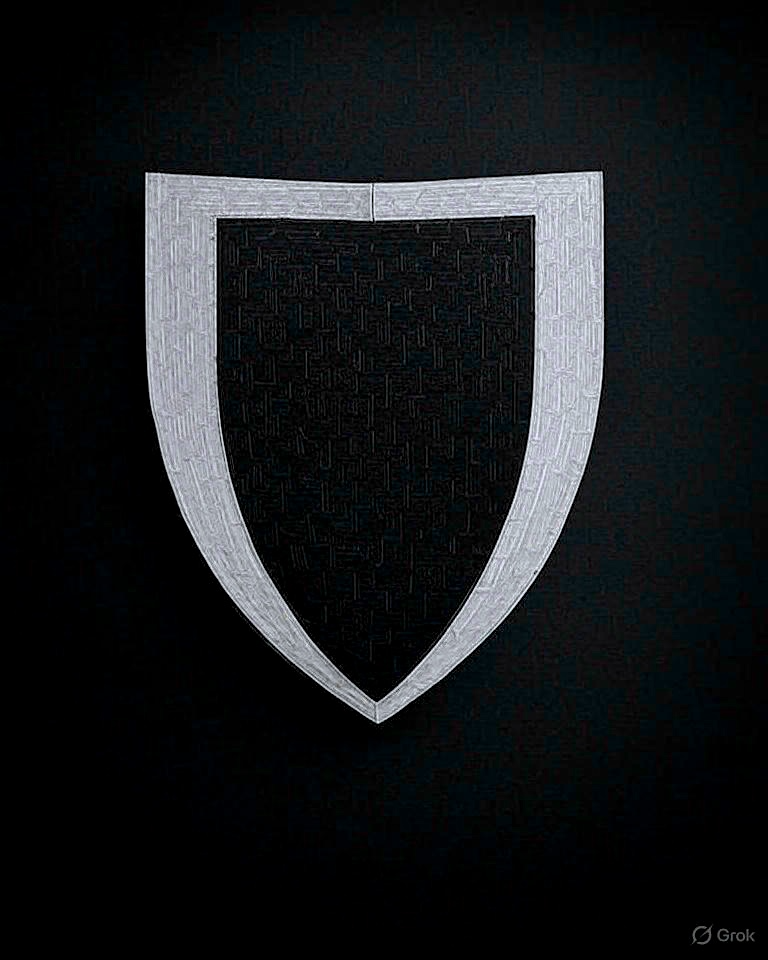Exploring the Visual Storytelling of Minus One Season 2
Exploring the Visual Storytelling of Minus One Season 2: A Cinematographer's Perspective
In today's saturated visual landscape, storytelling demands more than conventional methods. When Director Subham Yogi approached me with Minus One Season 2, we knew we were embarking on something different—a visual journey that would replace exposition with emotion, where lighting, color, and lensing would carry the narrative weight.
The challenge was creating a visual language for heartbreak. How do you photograph the before, during, and after of love's collapse? We structured the entire series around four distinct timelines, each with its own visual DNA, transforming the Arri Alexa Mini LF into an emotional archaeologist, excavating the layers of a relationship.
The Philosophy Behind the Frame
Our decision to use a single lens per timeline wasn't just aesthetic—it was psychological. Each lens became a character's emotional state made tangible. The constraint of working in confined spaces with fixed focal lengths pushed us toward more intimate, deliberate compositions. We introduced the unconventional 1.14:1 aspect ratio, creating frames that felt as uncomfortable as the emotions they contained.
Visual storytelling, at its core, is about making the invisible visible. Love, loss, hope, despair— these aren't things you can simply point a camera at. They live in the spaces between words, in the quality of light on skin, in the way bodies occupy frames.
Timeline 1: Before the Fall
Zeiss Super Speed Vintage 50mm | 1.66:1 | Warm Embrace
Young love deserves vintage glass. The Zeiss Super Speeds gave us that perfectly imperfect quality—soft enough to feel like memory, sharp enough to believe in forever. This timeline bathes in golden hour lighting even when we're shooting indoors, because love at this stage transforms everything it touches.
The handheld camera moves like affection itself—unsteady but purposeful, intimate without being invasive. We composed off-center, shot above and below eye level, anything to suggest the world tilting on its axis when you're falling in love. Soft lighting eliminated harsh shadows because, in this timeline, nothing casts darkness on their world yet.
The HBM 1/2 filter and added grain weren't just aesthetic choices—they were temporal ones. We needed these moments to feel like artifacts from a happier time, like photographs you'd find in a shoebox years later.
Timeline 2: The Fracture
Cook S4i 75mm | 9:16 (Split) | Cold Division
Breakups don't happen in widescreen. They happen in cramped apartments, over dinner tables, in the vertical confines of text messages. The 9:16 aspect ratio—think phone screens, think isolation—became our visual prison.
The Cook S4i 75mm brought warmth and contrast, but we used that warmth against itself, creating high-contrast lighting that carved shadows like wounds. Tripod-locked shots replaced handheld intimacy. When love ends, the world stops moving with you.
The divided screen wasn't just compositional—it was architectural. Two people learning to exist in separate frames, the other's absence as present as their former presence. The lighting grew harsh, unforgiving, because heartbreak offers no flattering angles.
The 1.14:1 square format for their "friendship" agreement was perhaps our boldest choice—an aspect ratio that feels inherently wrong, like the compromise they're trying to make.
Timeline 3: Present Tense
Atlas Orion Anamorphic 65mm | 2.00:1 | Sharp Reality
The present demands the sharpest glass we own. Atlas Orion Anamorphics cut through nostalgia with surgical precision. The 2.00:1 aspect ratio—cinematic but cold, like looking at your life through a letterbox.
Here, everything is steady cam and eye level. No more tilted worlds or handheld emotions. Life has leveled out into manageable frames. The lighting is classical, dramatic—high key with deep shadows, because maturity means accepting both light and darkness as permanent residents.
The color temperature drops to its coldest point. This is life without the warm filter of new love or the heated emotion of fresh heartbreak. This is what remains.
The Technical Poetry
Camera: Arri Alexa Mini LF The Color Language: Varun lived in blue tones while Ria inhabited warm light—their emotional temperatures written in Kelvin degrees. Spatial Psychology: Ria consistently occupied screen left, Varun screen right, even when they shared frames. Some separations exist in the grammar of cinema itself.
Aspect Ratios as Emotional Architecture:
• • • • •
T1: 1.66:1 (Nostalgia's native format) T1A: 1.20:1 (The transition squeeze) T2: 9:16 x2 (Isolation chambers) T2A: 1.14:1 (Uncomfortable compromise) T3: 2.00:1 (Present tense panorama) The Craft of Controlled Chaos
The transitions between timelines became exercises in precision. Without motion control equipment, everything was handheld timing—the kind of technical challenge that forces you to feel every frame in your body. Each transition was a choreographed dance between emotional states, shot in single takes that captured the exact moment one feeling transforms into another.
The support from production design and costume created visual echoes that reinforced our timeline distinctions. Every prop, every texture, every color choice served the larger visual narrative we were constructing.
What We Discovered
Minus One Season 2 taught me that the most powerful visual storytelling happens in constraints. Each timeline's limitations—single lenses, fixed aspect ratios, restricted color palettes—forced us to find poetry in precision.
The series succeeded because it trusted audiences to read visual language fluently. We replaced exposition with experience, letting cinematography carry emotional information that dialogue couldn't touch. In the end, we created something that feels as much like memory as it does like cinema—which might be the only honest way to photograph love's archaeology.
Sometimes the most important stories are told not in what we show, but in how we choose to show it.
